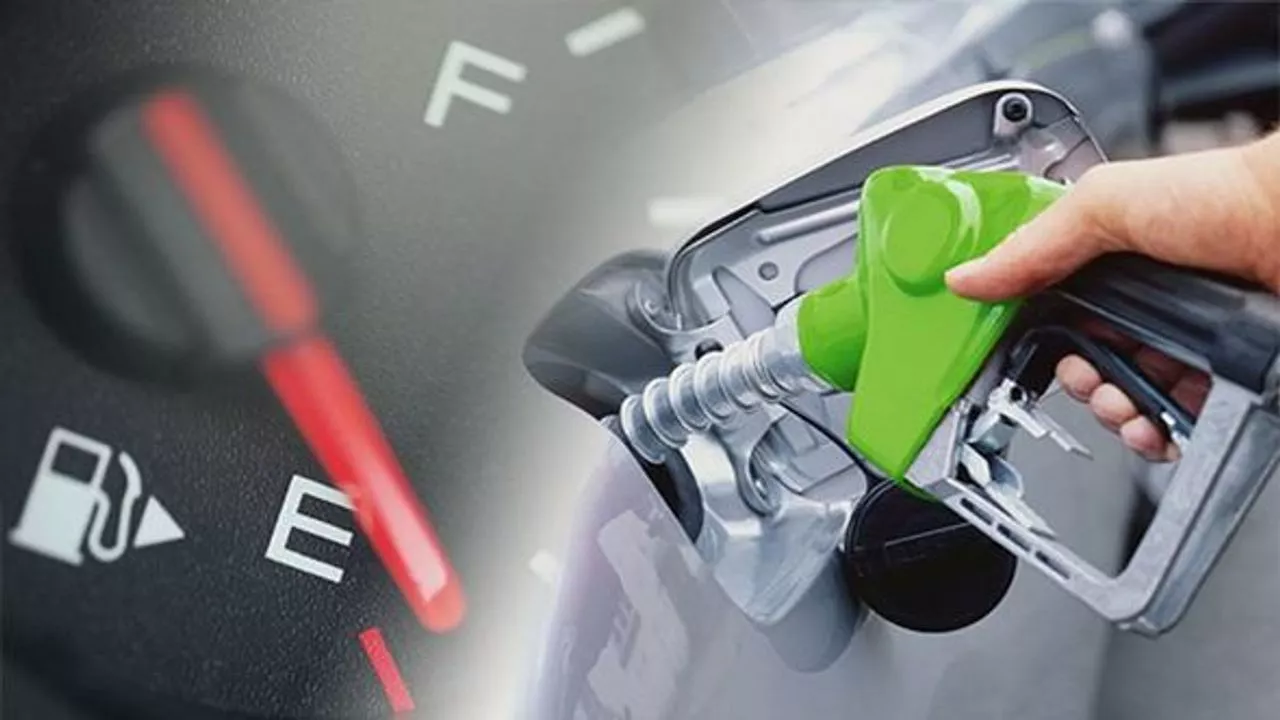Automotive & Vehicle Maintenance Tips
Want your car to feel fresh and run without surprises? The secret is simple: stay on top of the basics and avoid shortcuts. Below you’ll find the chores that matter most and a quick look at fuel myths that can cost you.
Everyday Maintenance Basics
First up, oil. Check the level every week and change it according to the manufacturer’s schedule – usually every 5,000 to 10,000 miles. Fresh oil keeps the engine lubricated and prevents wear. If you hear a knocking sound, it’s a sign the oil is low or old.
Tires are the only contact point with the road, so they need regular love. Inflate them to the pressure stamped on the door jamb and rotate them every 6,000 miles. Uneven wear often means you’re not rotating often enough or the alignment is off.
Brakes are another safety‑critical system. Listen for squealing or feel a pulsing pedal; those are clues that pads are wearing thin or the rotors need resurfacing. A quick visual check at the wheel can save you from a pricey repair later.
Don’t forget fluids. Coolant, brake fluid, and transmission fluid each have a lifespan. Low coolant can cause overheating, while old brake fluid reduces stopping power. A quick dip‑stick check or a look at the reservoir’s “full” line keeps you on track.
Finally, keep the battery clean and tight. Corrosion on the terminals cuts power, especially in cold weather. A simple brush and a dash of baking soda wipe away grime and extend battery life.
Fuel Choices and Performance
Now, onto fuel. You might wonder if racing fuel can boost everyday mileage or power. The short answer: it’s not worth it. Racing fuel is formulated for high‑revving, high‑compression engines. Those formulas contain more octane and additives designed for short bursts of extreme performance.
Using that fuel in a regular engine can actually cause harm. The extra octane doesn’t translate into more power for a street car, but the higher combustion temperature can stress valve seats and spark plugs. Over time, you may see increased wear and reduced fuel efficiency.
Cost is another factor. Racing fuel often costs double or triple regular gasoline, and it’s not sold at most service stations. You’d be paying a premium for a product that offers no real benefit in daily driving.
Environmental impact matters, too. Racing fuels can produce more pollutants because they’re tuned for performance, not clean burn. Sticking to the fuel grade your manufacturer recommends keeps emissions in check and your engine happy.
If you love speed, consider a short track day or a performance upgrade that matches the fuel you use. Otherwise, stick with the octane rating listed in your owner’s manual – usually 87 or 91 for most cars. That way you get the best balance of power, economy, and engine health.
In short, regular maintenance plus the right fuel keeps your car reliable and cheaper to run. Skip the racing fuel hype, follow the simple checks above, and you’ll enjoy smooth rides for years to come.
